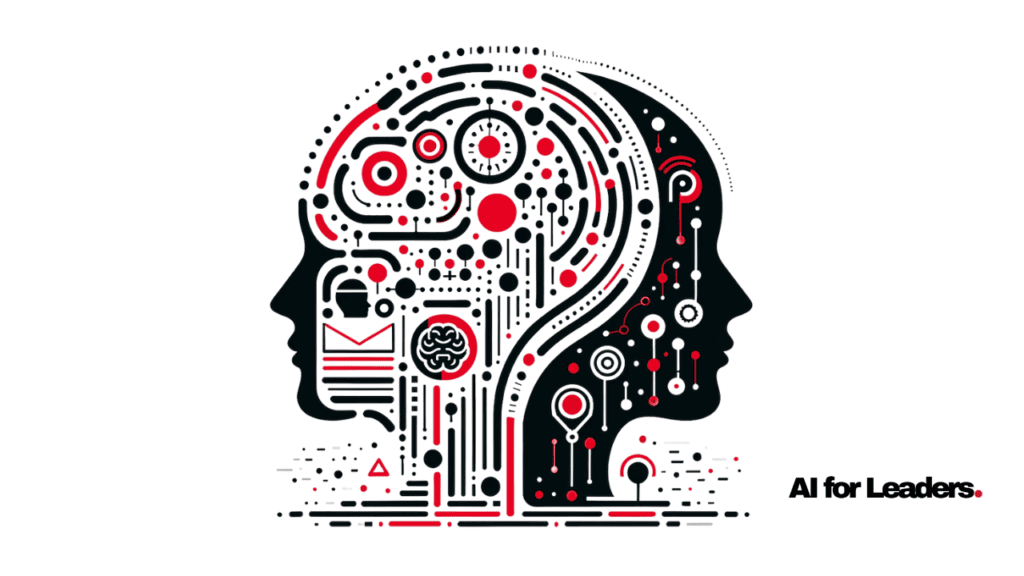
In last week’s newsletter, I mentioned that OpenAI announced they’re rolling out custom versions of GPTs.
This week, I made one.
I created a custom GPT (based on my “Don’t Reply All” book) that would help anyone who uses it to write better emails at work.
For context: my book covers some basic principles of email communication in a corporate environment, so this custom GPT takes the book’s concepts and tailors them to users of the GPT.
It’s free to use this custom GPT, but you’ll need to be subscribed to ChatGPT Plus (the premium version of ChatGPT).
Check out my “Write Better Emails at Work” custom GPT by clicking here.

Side note: several authors contacted me asking how they can create their own custom GPT for their readers to use. So I created a short course that explains how. If you’re an author (or a prospective author who’s in the process of writing a book), you might want to check out the course by clicking here.
What does this mean for leaders?
Anyone can create a custom GPT (the only requirement is that you’re a ChatGPT Plus or ChatGPT Enterprise subscriber).
Custom GPTs can be private (only for yourself), semi-private (for people who have the link), or public (for everyone).
As a leader, you can create a private custom GPT to help you become more productive, or create a semi-private for your team to help them with specific recurring tasks to increase productivity.
At the organization level, you can create a public custom GPT for your company and sell it on the GPT Store (coming soon from OpenAI).
The opportunities are endless.
AI Being Used to Analyze Voice of Company Executives
A recent article highlighted that investors are increasingly turning to artificial intelligence (AI) to gain insights into the true emotions of executives during earnings calls and presentations.
Tools like Speech Craft Analytics analyze audio recordings, detecting shifts in speech rate, pitch, volume, and filler words to uncover signs of anxiety and tension in executives.
This approach goes beyond traditional Natural Language Processing (NLP) analysis of transcripts, as it captures nuances in how words are spoken. Funds like Robeco have incorporated AI-generated audio signals into their strategies, reporting positive returns.
However, this technology requires careful handling to avoid biases and may not work well with non-native language speakers.
What does this mean for leaders?
Business leaders should now be aware that their communication style, including speech patterns, can be scrutinized by AI for emotional cues.
To leverage this insight in their own businesses, leaders can consider coaching executives to monitor voice tone and behavior, especially during critical presentations or high-stakes discussions.
Additionally, leaders should recognize the limitations of voice analysis, such as potential biases and language-specific interpretations, and use it as a complementary tool to textual analysis for a more comprehensive understanding of their communication impact on investors and stakeholders.
One Prompt You Can Use at Work Today
Here’s a practical ChatGPT Prompt you can use at work:
I have to create a [type of plan] for my organization. I’m feeling a bit overwhelmed and not very sure about where to start. Generate a step-by-step plan about what I should do.
For example,
I have to create a go-to-market plan for my organization. I’m feeling a bit overwhelmed and not very sure about where to start. Generate a step-by-step plan about what I should do.
If you would like to see more of those prompts, check out my free book called: ChatGPT for Better Business Communication.
You can grab it for free by clicking the link and subscribing to the newsletter.
This post originally appeared on “AI for Leaders.” If you’d like to receive updates about AI that will help you become a smarter leader in 5 minutes a week, click here to subscribe.
